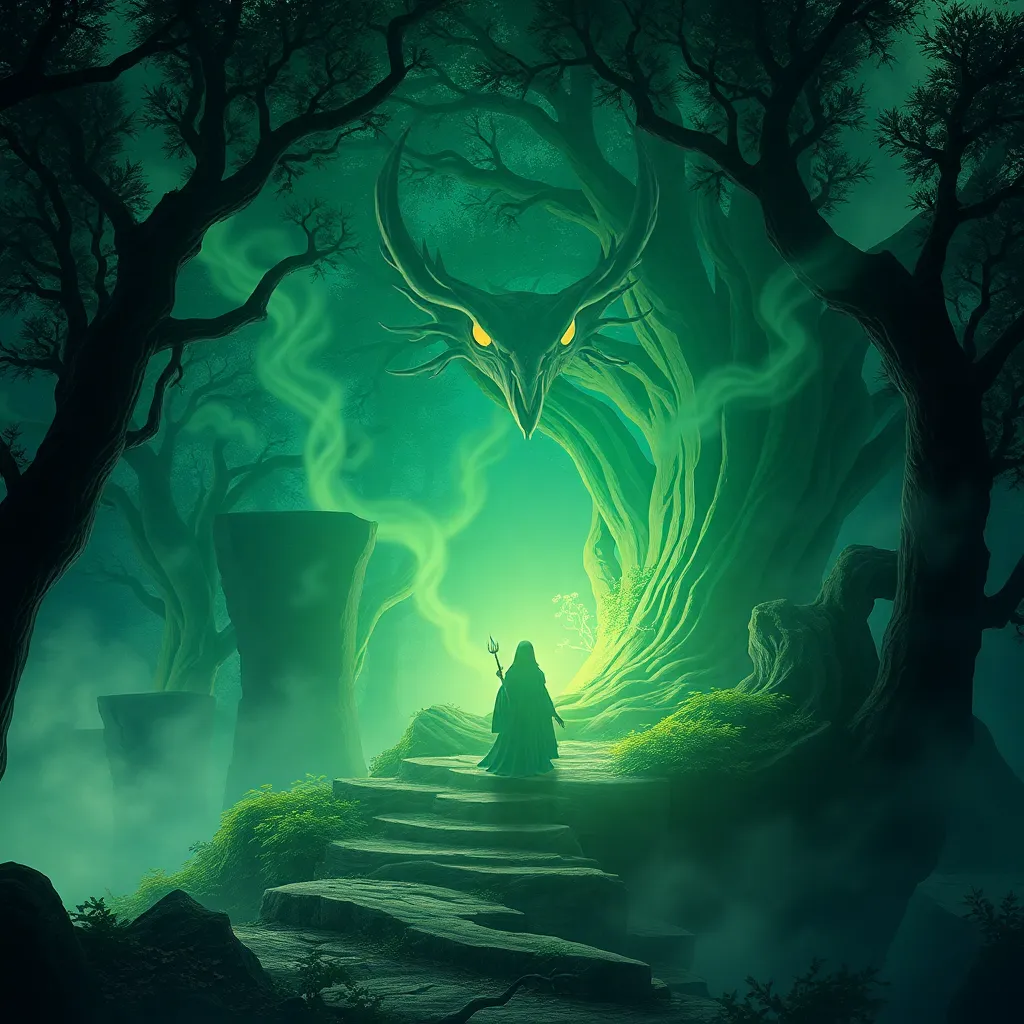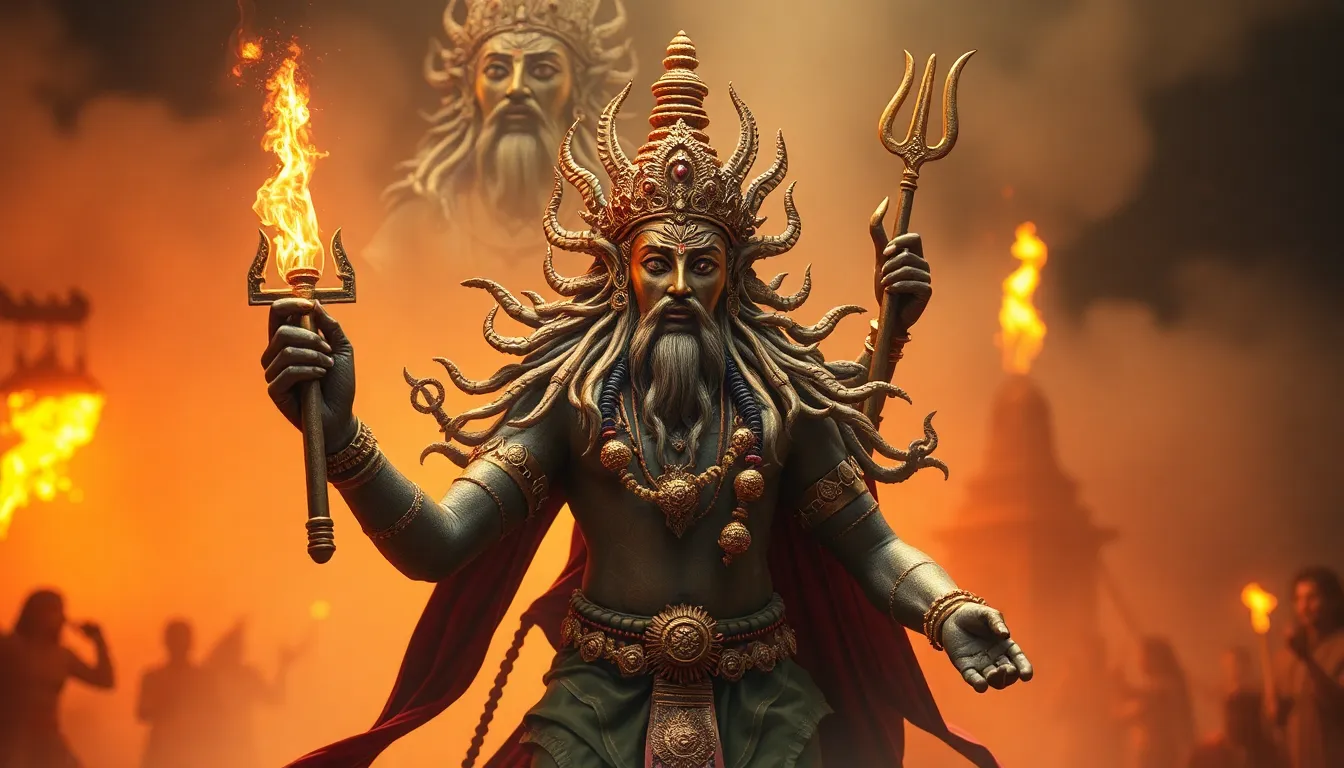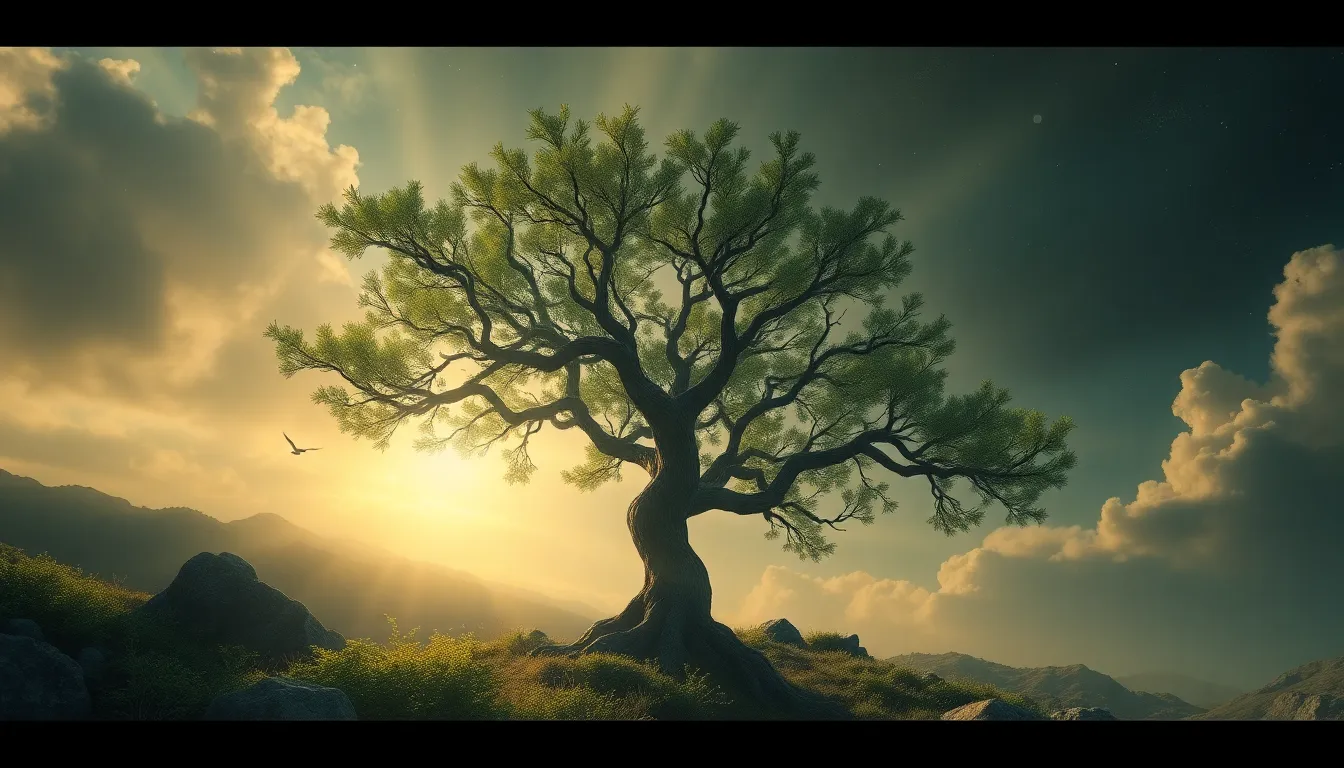Slavic Mythology: Tales of Transformation and Metamorphosis
I. Introduction
Slavic mythology, a tapestry of ancient legends and beliefs, is brimming with tales of extraordinary transformations and enigmatic metamorphoses. These transformative elements pervade Slavic folklore like a river meandering through a verdant landscape, weaving narratives rich in symbolism and revealing profound insights into the human condition.
II. The Concept of Transformation in Slavic Mythology
In Slavic mythology, transformation is not merely a physical change in form but encompasses a profound spiritual and symbolic evolution. It embodies the essence of cyclical renewal, representing birth, death, and rebirth both as literal occurrences and metaphorical journeys of the mind and soul. Metamorphosis in these tales symbolizes the fluidity of existence and the interconnectedness of all things – the blurring of boundaries between human, animal, and supernatural realms.
III. The Role of Nature in Transformations
Nature played a pivotal role in the transformative journeys of Slavic lore. Forests, with their secrets whispering among the leaves, were primeval spaces of change and metamorphosis. Springs and rivers served as portals, granting passage between the physical world and the ethereal realms of deities and spirits. Transformations, whether initiated by gods, ancestral powers, or the whims of fate, often intertwined with the elements, flora, and fauna of the natural world.
IV. Animal Transformations
Slavic mythology abounds with tales of human characters undergoing metamorphoses into various animals. Such transformations could bring blessings or burdens and were sometimes interpreted as punishments, rewards, or expressions of ancestral lineage. Animal transformations often mirrored the attributes of the creature taken: a wolf for bravery and ferocity, a raven for wisdom and knowledge, a fox cunning and deceit. Through these stories, Slavic people explored concepts of identity, fate, and the complexities of human nature amidst a transformative world.
V. Plant Transformations
Plants also took on transformative roles in Slavic mythology. Trees, seen as links between heaven and earth, were symbols of life, wisdom, and ancestral heritage. Transformations into trees occurred for a variety of reasons – as punishments, protective measures by divine beings, or deliberate choices for spiritual growth. By taking root as flora, characters in these tales experienced new perspectives, connected with nature's rhythms, and embodied the resilience and endurance found deep within the earth's embrace.
VI. Supernatural Entities and their Metamorphoses
Slavic mythology featured a pantheon of supernatural beings capable of assuming diverse forms. Deities such as the thunder god Perun and the water spirit Vodyanoy could shift their appearances at will. Shapeshifting enabled these entities to interact with mortals in various guises – as humans, animals, or manifestations of natural phenomena. Through these metamorphoses, the supernatural realms intersected with the human world, bringing both blessings and challenges.
VII. The Symbolism of Transformation
In Slavic mythology, transformations held deep symbolic meanings. They represented transitions, both physical and metaphorical, often reflecting inner journeys and personal metamorphoses. Metamorphosis symbolized the cyclical nature of life and the ever-present possibility of change. By exploring transformations in their tales, Slavic people confronted fundamental questions of existence, growth, and the ever-shifting nature of reality.
VIII. Transformations and Human Identity
Transformations in Slavic mythology often challenged and reshaped human identities. Characters who underwent metamorphoses grappled with their altered selves, their place in society, and the fluidity of their own existence. Transformations could lead to a profound understanding of one's true nature, as well as the limitations and potential inherent in the human condition. Through these narratives, Slavic mythology explored the complex interplay between identity and the transformative forces that shape it.
IX. Transformations in Folktales and Legends
Slavic folktales and legends are replete with stories of transformations. These tales often served didactic purposes, teaching lessons about morality, social values, and the consequences of one's actions. Transformations in these narratives could be magical, resulting from divine interventions or encounters with mystical beings. They could also be metaphorical, reflecting inward transformations of character or the attainment of wisdom and knowledge. Through these stories, Slavic folklore passed down generations of wisdom, weaving transformative threads into the fabric of society.
X. The Legacy of Slavic Mythology in Modern Culture
Slavic mythology, with its rich tapestry of transformations and metamorphoses, continues to influence modern culture. Elements of these myths and legends can be found in literature, art, and film, where they provide inspiration and allegory for contemporary narratives. The transformative themes embedded in Slavic mythology resonate with audiences today, offering insights into the nature of identity, the power of nature, and the enduring human quest for meaning and connection in a world of constant change.
Frequently Asked Questions (FAQ)
Q1: What is the significance of transformations in Slavic mythology?
A: Transformations in Slavic mythology hold deep symbolic meanings, representing transitions, both physical and metaphorical, as well as the cyclical nature of life and the ever-present possibility of change.
Q2: How did nature play a role in transformations in Slavic mythology?
A: Nature played a pivotal role in the transformative journeys of Slavic lore. Forests were primeval spaces of change and metamorphosis, while springs and rivers served as portals between the physical and ethereal realms. Transformations often intertwined with the elements, flora, and fauna of the natural world.
Q3: What is the connection between transformations and identity in Slavic mythology?
A: Transformations in Slavic mythology often challenged and reshaped human identities. Characters who underwent metamorphoses grappled with their altered selves, their place in society, and the fluidity of their own existence. Through these narratives, Slavic mythology explored the complex interplay between identity and the transformative forces that shape it.
Q4: How do Slavic folktales and legends use transformations?
A: Slavic folktales and legends often featured transformations as a didactic tool, teaching lessons about morality, social values, and the consequences of one's actions. Transformations could be magical, resulting from divine interventions or encounters with mystical beings, or metaphorical, reflecting inward transformations of character or the attainment of wisdom and knowledge.
Q5: What is the legacy of Slavic mythology in modern culture?
A: Slavic mythology, with its rich tapestry of transformations and metamorphoses, continues to influence modern culture. Elements of these myths and legends can be found in literature, art, and film, where they provide inspiration and allegory for contemporary narratives. The transformative themes embedded in Slavic mythology resonate with audiences today, offering insights into the nature of identity, the power of nature, and the enduring human quest for meaning and connection in a world of constant change.



